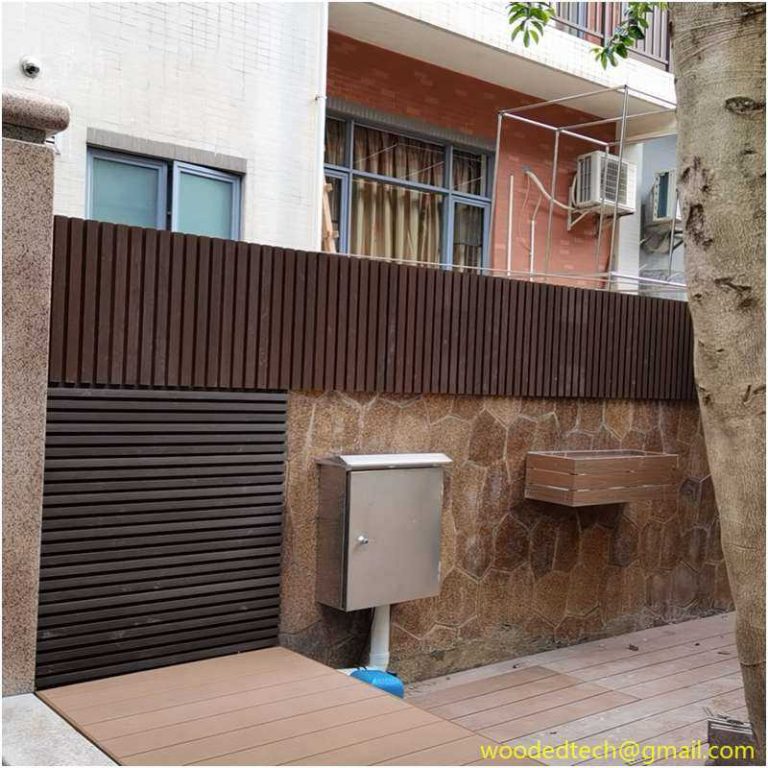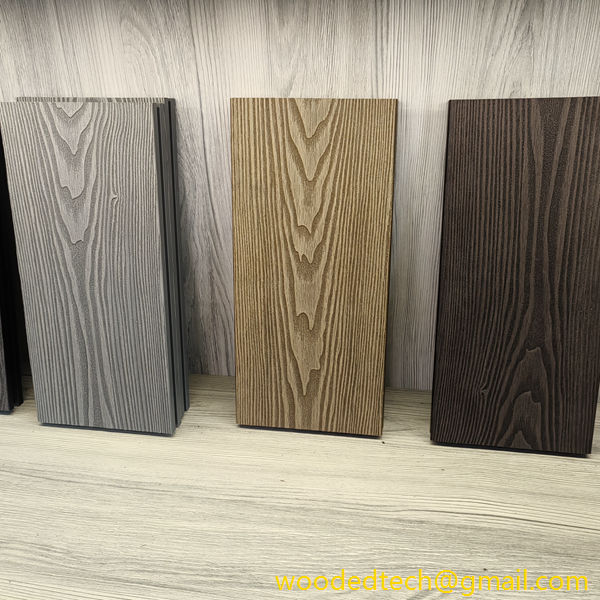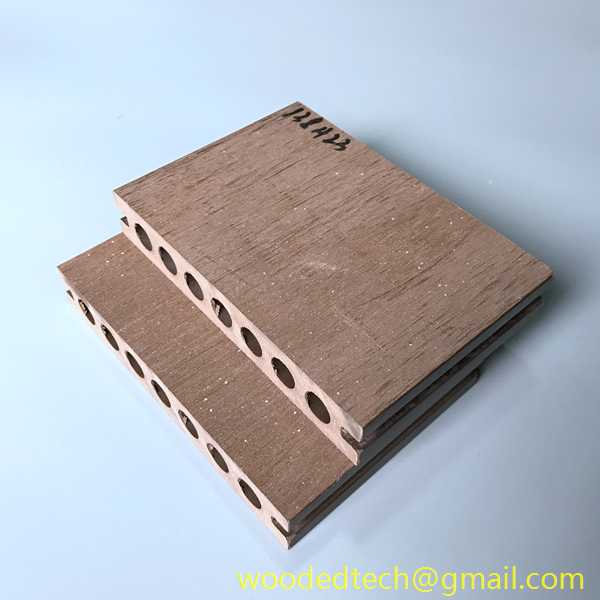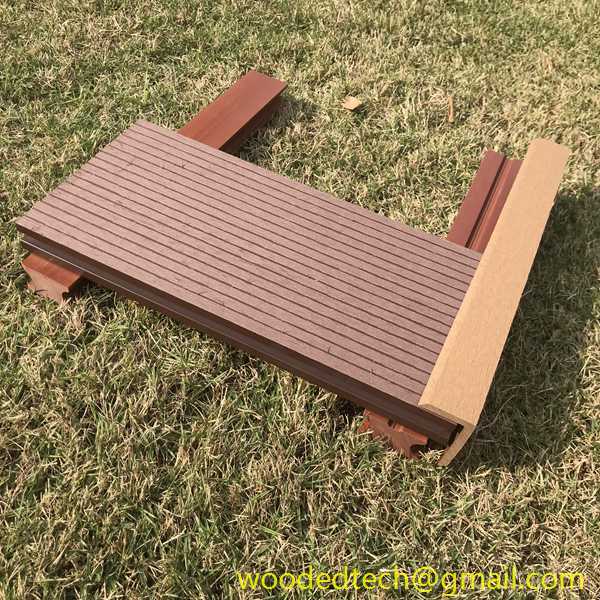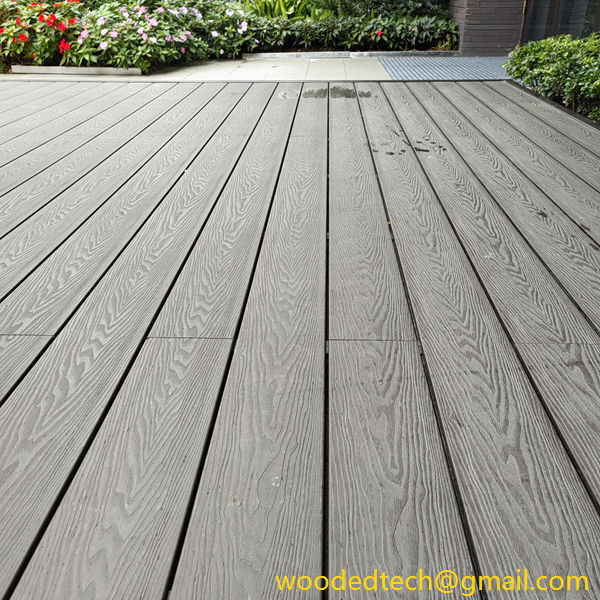Understanding WPC Decking Thickness and Its Importance in Choosing the Right Material for Your Project
When it comes to selecting the right material for your decking project, one of the most critical factors to consider is the thickness of wood plastic composite, commonly known as WPC decking. WPC decking has gained significant popularity due to its unique combination of wood fibers and recycled plastic, offering the aesthetic appeal of natural wood while providing the durability and low maintenance associated with synthetic materials. Understanding the implications of thickness in WPC decking is essential for making an informed decision that aligns with your specific project requirements.
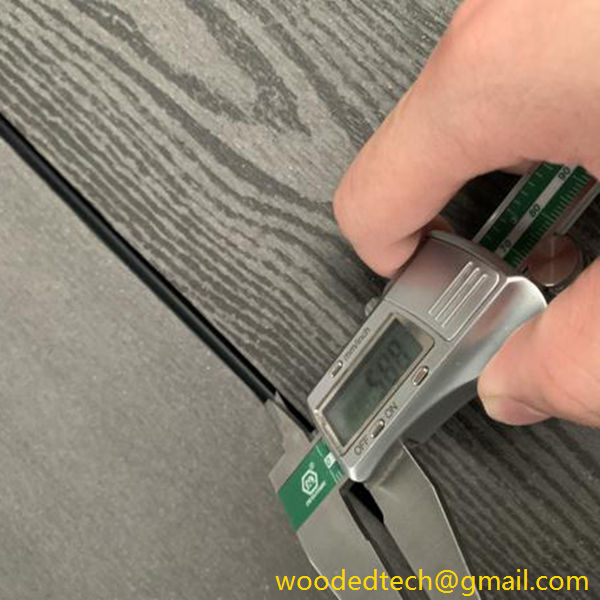
The thickness of WPC decking boards typically ranges from one inch to one and a half inches. This variation in thickness can significantly influence the performance characteristics of the material. Thicker boards tend to offer enhanced strength and stability, making them more suitable for high-traffic areas or applications where durability is paramount. For instance, if you are planning to install decking around a pool or in a commercial space that will experience heavy foot traffic, opting for thicker WPC boards can provide the necessary support and longevity.
One of the primary benefits of thicker WPC decking is its superior resistance to warping and bending. Thinner boards are more susceptible to deformation caused by temperature fluctuations and moisture exposure. This is particularly important in climates that experience extreme weather conditions, where expansion and contraction can compromise the integrity of the decking. By choosing a thicker board, you can significantly reduce the risk of these issues, ensuring that your decking maintains its appearance and functionality over time.

In addition to structural integrity, thickness also plays a role in the overall aesthetic appeal of the decking. Thicker boards can create a more substantial and robust look, which may be desirable in certain architectural styles. Furthermore, the additional material can enhance the tactile experience, providing a more satisfying surface underfoot. This factor is often overlooked, but it can greatly contribute to the overall enjoyment of your outdoor space.
Moreover, thicker WPC decking boards often have more advanced features, such as enhanced slip resistance and improved weather resistance. These features are essential for outdoor applications, where safety and longevity are critical. Many manufacturers design thicker boards with surface textures that provide better traction, reducing the risk of slips and falls, especially in wet conditions. Additionally, thicker materials may incorporate UV inhibitors and anti-fading agents that prolong the life of the decking by preventing color degradation over time.
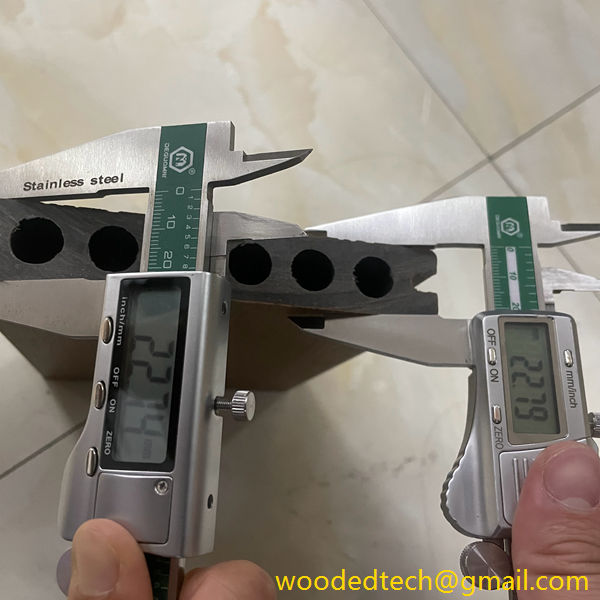
It is also important to consider the installation process when evaluating WPC decking thickness. Thicker boards can require different fastening methods, and their increased weight may necessitate additional support during installation. This is particularly relevant for projects involving elevated decks or structures that demand greater load-bearing capabilities. It is essential to consult with installation guidelines provided by manufacturers to ensure that your chosen thickness is compatible with the installation techniques and structural requirements of your project.
Cost is another aspect to consider when it comes to WPC decking thickness. Thicker boards generally command a higher price point due to the increased material usage and enhanced performance characteristics. While this initial investment may be higher, it is crucial to weigh it against the long-term benefits of durability and reduced maintenance. Thicker boards often have extended warranties, which can provide peace of mind and assurance of quality over time. In many cases, the initial cost can be offset by the longevity and lower maintenance requirements associated with thicker WPC decking.
Ultimately, the choice of thickness for WPC decking should align with both your aesthetic preferences and practical needs. Assessing factors such as the intended use of the decking, local climate conditions, and your budget will help guide your decision-making process. By taking the time to understand the implications of thickness in WPC decking, you can ensure that you select a material that not only enhances the beauty of your outdoor space but also provides the necessary strength, stability, and longevity to withstand the test of time.
In conclusion, the thickness of WPC decking is an essential consideration that impacts various aspects of performance, aesthetics, and installation. Thicker boards offer advantages in terms of durability, stability, and resistance to environmental factors, making them a wise choice for many applications. By understanding these attributes and evaluating your specific project requirements, you can confidently choose the right WPC decking thickness to create a beautiful and functional outdoor space.

